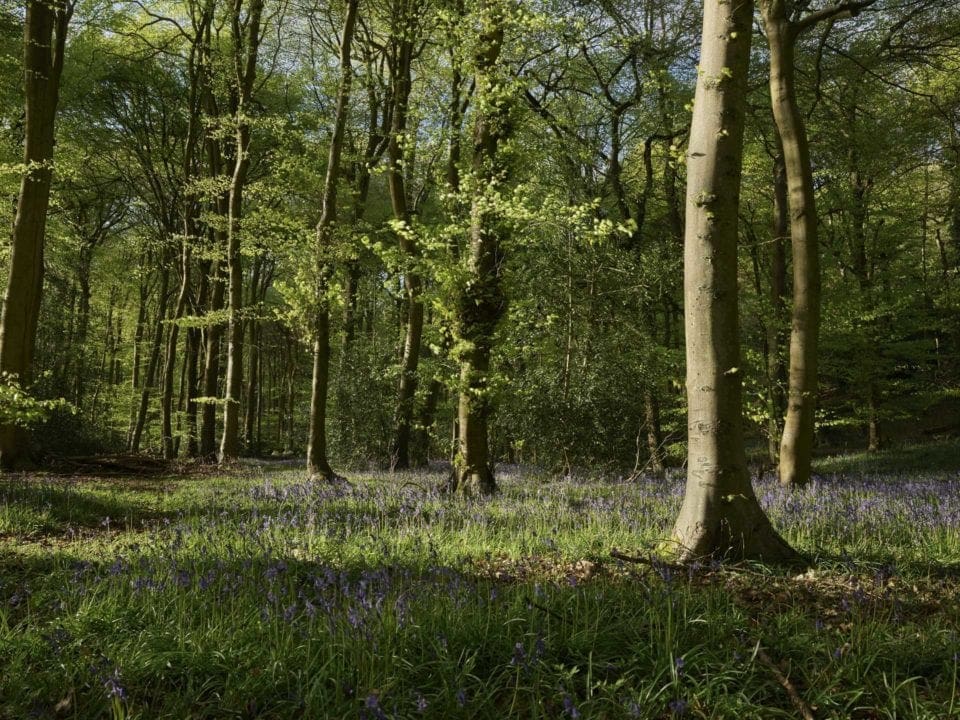[nextpage title=”Introduction” ]
What is the Phase One XF IQ3 Trichromatic?
The Phase One XF IQ3 Trichromatic is a modular medium format camera with a 100Mp sensor housed in a removable back. This isn’t the first 100Mp sensor from Phase One, but the Trichromatic’s has a new design that has been developed in partnership with Sony. The aim was to capture more natural colour with an emphasis on colour fidelity.
According to Phase One, the CFA (Color Filter Array) material used for the Bayer filter on the Trichromatic’s sensor is designed to capture subtle colours and gradations to achieve a close match to the scene. This saves time editing post-capture as colours a recorded correctly when the exposure is made.
I reviewed the original Phase One XF 100MP back in December 2016 and the monochrome-only XF 100MP IQ3 Achromatic in November 2017. This is our Phase One XF IQ3 100MP Trichromatic review and I’ll focus on the image quality rather than the camera’s handling as that has been covered previously.
Specifications
I’ll not go into details about the specification of the Trichromatic but it’s worth mentioning that its sensor measures 53.4 x 40.1mm. That means it’s about 2.5x the size of a full-frame DLRs sensor.
It’s also almost 1.5x the size of the sensor in 50Mp cameras like the Fujifilm GFX and Pentax 645Z.
The colour technology involved is complex, but a key element is that there’s less overlap between the colours. Each pixel under the Bayer filter array captures more of the colour it is intended to collect than on other sensors. As a result, the Trichromatic sensor is able to replicate subtler colours and produce more natural looking images.
In addition, the better separation between the colours at the capture stage means that post-capture adjustments are easier.
[table id=74 /]
[/nextpage]
[nextpage title=”Performance and Verdict” ]
Performance
From the outset, I was impressed with the results from the Trichromatic. As I’d come to expect from my previous tests, the 100Mp sensor captures a lot of detail. And as promised, the colours in the raw files look great.
In some shots of different coloured peppers, for example, the colours look very clean. The gradations are natural. The red is particularly impressive. Some cameras struggle with red and in the worst cases, a blue note can creep in. Not the with the Trichromatic though.
I think the reproduction of caucasian skin tones is also extremely good.
Of course, a little white balance adjustment is sometimes required, but the colours that make up the images were generally very good. In many instances, the images look exactly like the scene at the time of capture.
One occasion where the colours came into question was when shooting a bluebell wood at dawn. In the sunlight, the bluebells are very mauve or pink rather than blue. It’s a common photographic phenomenon and the result of the infrared light that the bluebells reflect. It’s also something that’s hard to correct.
Noise
While the Trichromatic can produce quite nice results at ISO 1600, I don’t think that’s really the point of a 100Mp medium format camera. Yes, it’s nice to be able to capture images in low light, but I’d be inclined to use some studio lights to get the results I want.
Pushing the sensitivity towards its uppermost values seems rather pointless and delivers rather murky images that I would want to avoid if I’d spent in excessive of £30K on a camera.
Dynamic Range
Phase One claims that the XF IQ3 100MP Trichromatic has a dynamic range of 15EV. I can’t quantify the range, but it certainly seems to be wide. There’s a helpful display available for the screen that shows the tones, with bright pink indicating where highlights have been lost. I kept an eye on this each time I shot with the Trichromatic and the highlights weren’t easily lost.
It’s also possible to recover a lot of detail from very bright areas and shadows should you need to.
I found the general-purpose ‘Average’ metering setting less reliable than I’m used to with a modern small format camera. Consequently, I found myself shooting a test shot in many instances for the exposure. Then I used the information on the screen to make adjustments.
Autofocus
When I need to use autofocusing, the Trichromatic usually delivered, but I don’t think it’s a strength of the camera. It’s reasonably fast for a medium format camera and usually accurate. But there’s just one AF point and it can be picky about what it will focus on.
Focusing manually is easy enough in most situations and the depth of field scales come in handy to make sure that the key areas are sharp.
Verdict
The Phase One IQ3 100MP Trichromatic costs way more than I could ever hope to spend on a camera. It’s big, heavy and cumbersome and it’s not especially versatile. But it delivers images with incredible detail and beautiful colours.
It produces images that stand out from the computer screen and would transfer perfectly to a high-end glossy magazine or a billboard.
It also has the type of build that makes it an absolute joy to use. And while it might look old school there are some clever modern features that I haven’t covered here. There’s the seismograph, for example, that can be set to trip the shutter once any vibrations have died down, the hyperfocal focusing mode and the twin touchscreens and clever, but simple to use interface. It all shows that Phase One is thinking and evolving its cameras to help photographers produce high quality images more easily.
[/nextpage]
[nextpage title=”Sample Images” ]
Sample Images
The files have been squished down quite considerably for the website but if you can follow the link to browse and download full-resolution images

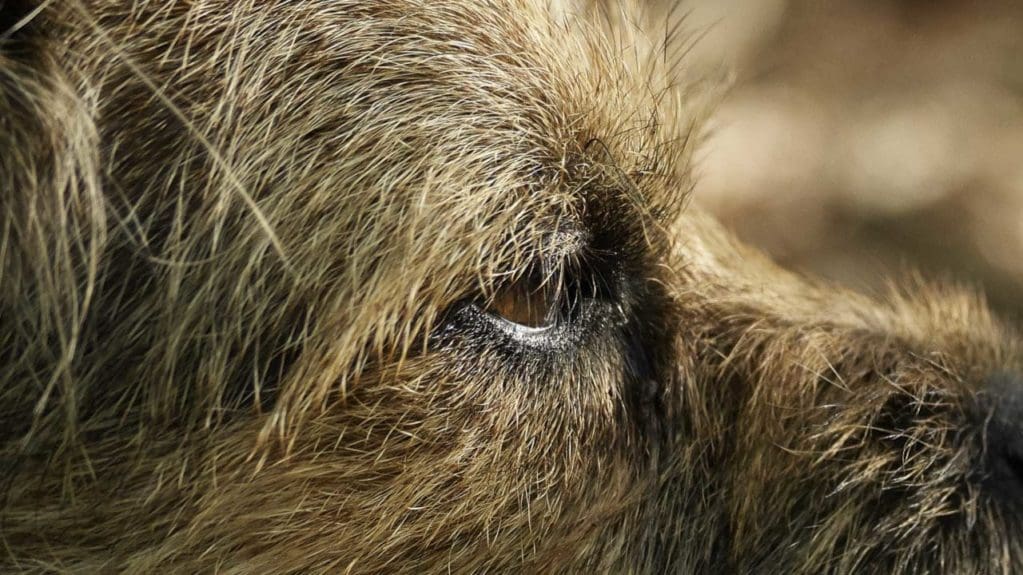
Crop
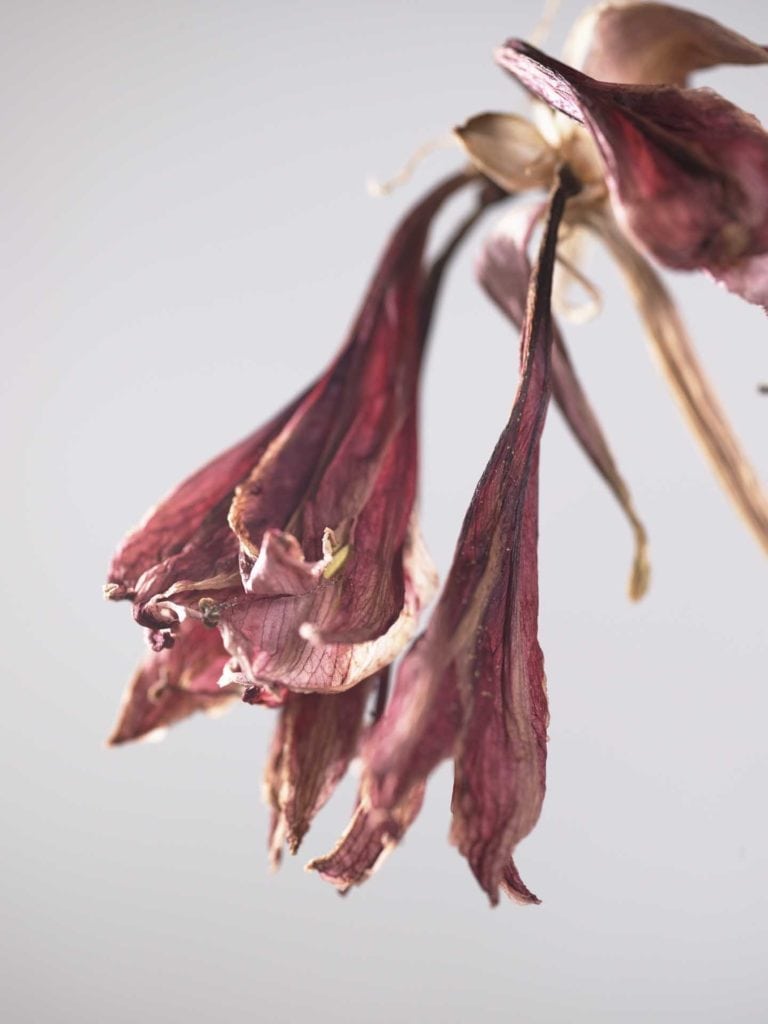
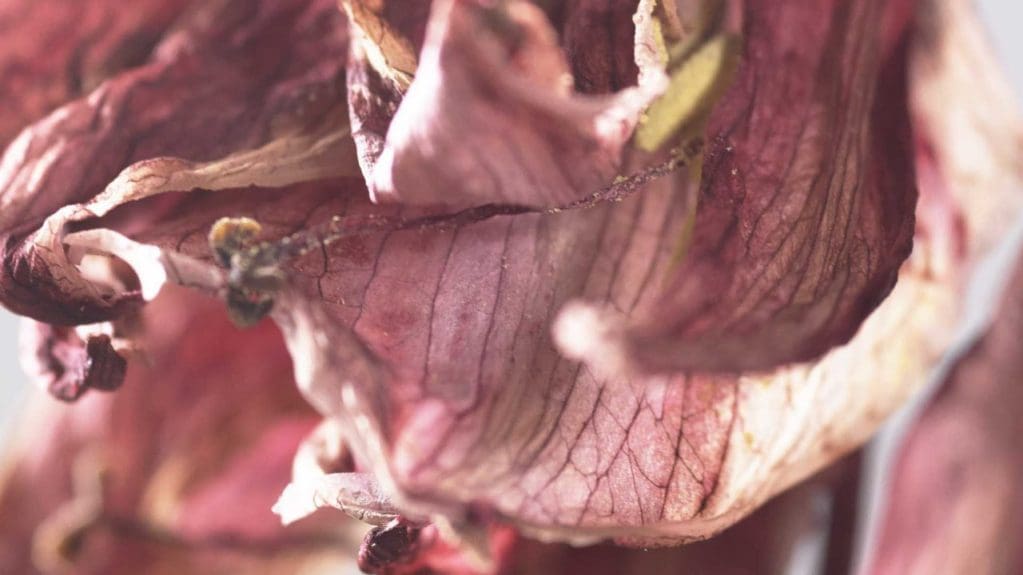
Crop
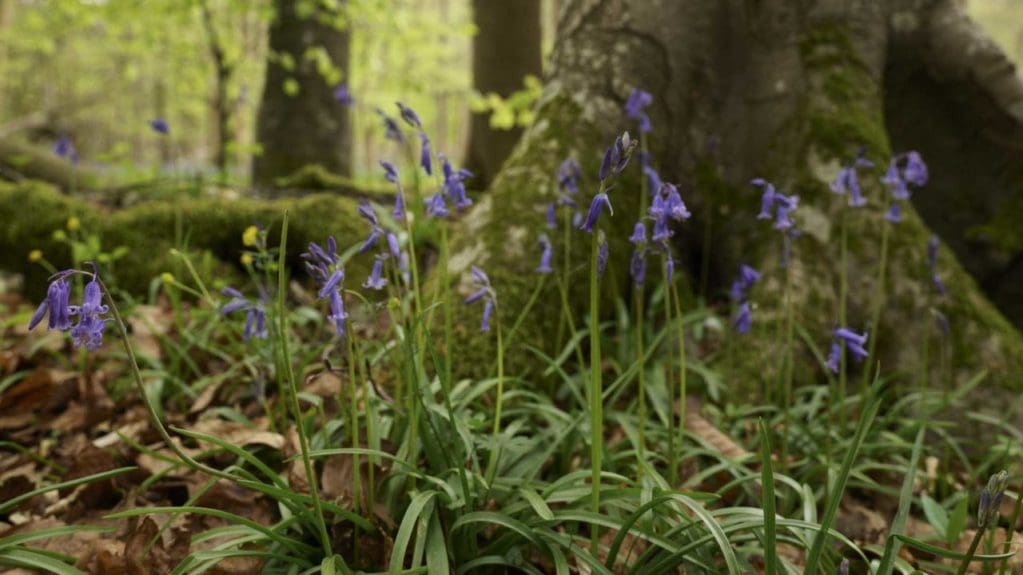
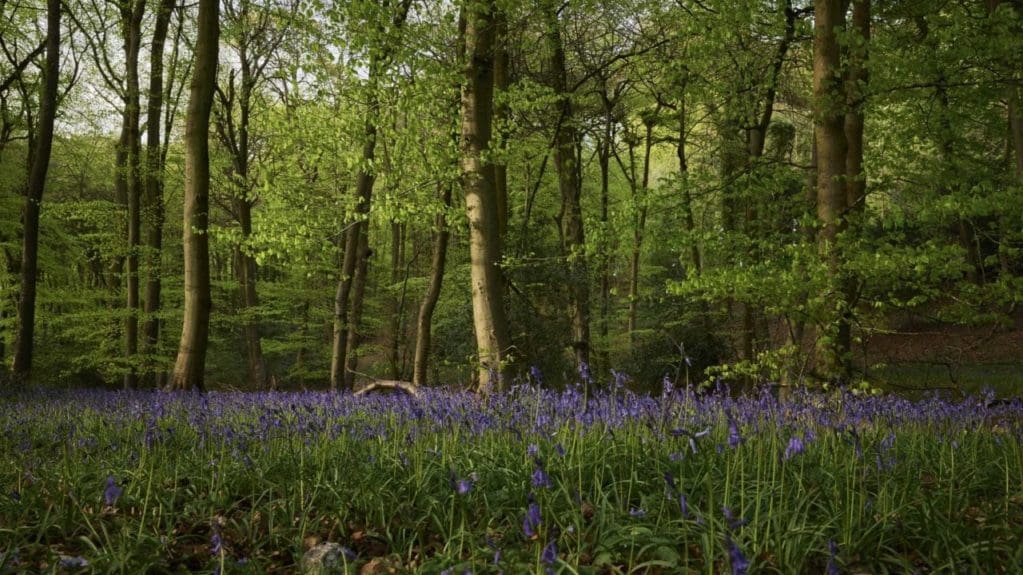
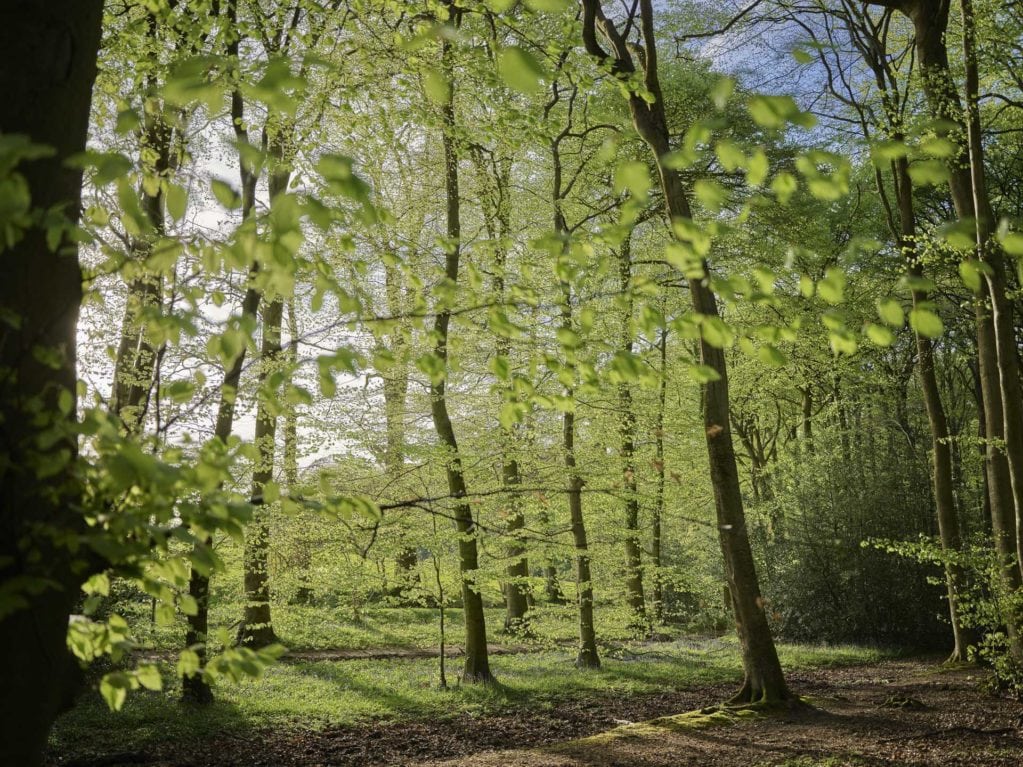
[FAG id=62285]
[/nextpage]
